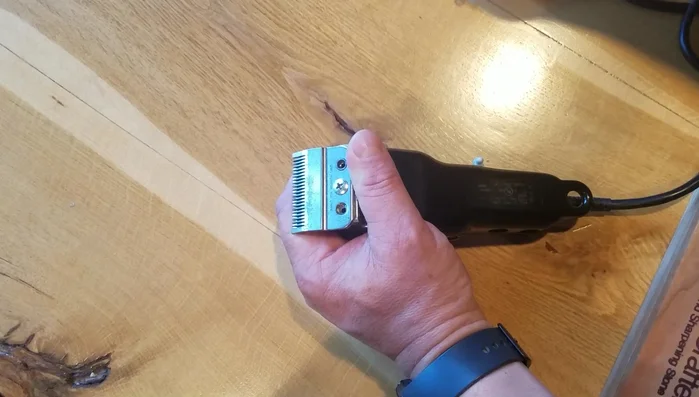Maintaining sharp hair clippers is crucial for achieving clean, even cuts and preventing frustrating snags and pulls. Dull blades not only lead to uneven haircuts but can also damage hair, causing split ends and discomfort for your clients. Investing time in regular sharpening ensures the longevity of your clippers and maintains a professional standard of work, whether you're a seasoned barber or simply like to give yourself a neat trim at home. Properly sharpened clippers will make your work easier and produce superior results, saving you time and effort in the long run.
Investing in expensive clippers is only half the battle; keeping them in top condition requires proper maintenance. This guide will walk you through a comprehensive, step-by-step process to sharpen your hair clippers effectively, bringing them back to their peak performance. Let's get started and learn how to restore your clippers to their razor-sharp glory.
Preparation and Safety Guidelines
- Hair clippers
- Whetstone (diamond recommended)
- Always unplug clippers before cleaning or sharpening.
- Never touch the blades while they are plugged in or running.
- Use appropriate sharpening tools and techniques; improper sharpening can damage the clippers beyond repair.
Step-by-Step Instructions
Disassembly
- Remove screws from the bottom of the hair clippers and carefully remove the plates.
- Identify and retain any spacer washers.


Disassembly Preparation
- Clean the plates of any grease or oil.

Preparation Sharpening Plate 1
- Place the clipper plates flat on the whetstone.
- Apply light pressure near the cutting teeth and use a circular motion to sharpen.
- Alternate directions (clockwise and counterclockwise) every few seconds to ensure even sharpening.
- Observe the change in color of the plates; lighter sections indicate sharpened areas.




Sharpening Plate 1 - Repeat until a crisp, sharp edge is achieved on all cutting teeth. Focus on achieving a perfectly square and sharp edge on the teeth; you are not sharpening the edges themselves, but the cutting surfaces.

Sharpening Plate 1 Sharpening Plate 2
- Repeat steps 4-8 for the second plate.

Sharpening Plate 2 Reassembly and Adjustment
- Reassemble the hair clippers, ensuring the plates are aligned correctly and the screws are tightened evenly.
- Adjust the cutting height by sliding the plates forward or backward.


Reassembly and Adjustment
Read more: Mastering Trimmer Blade Adjustment for a Perfect Cut
Tips
- Make sure the whetstone is flat and clean.
- Keep the plates perfectly flat against the whetstone during sharpening.
- Clean the plates of grease before sharpening to prevent clogging the whetstone.
- Alternate sharpening directions to ensure even sharpening of both sides of the teeth.
- Ensure the plates are properly aligned and the cutting height is adjusted before use to prevent skin cuts.











